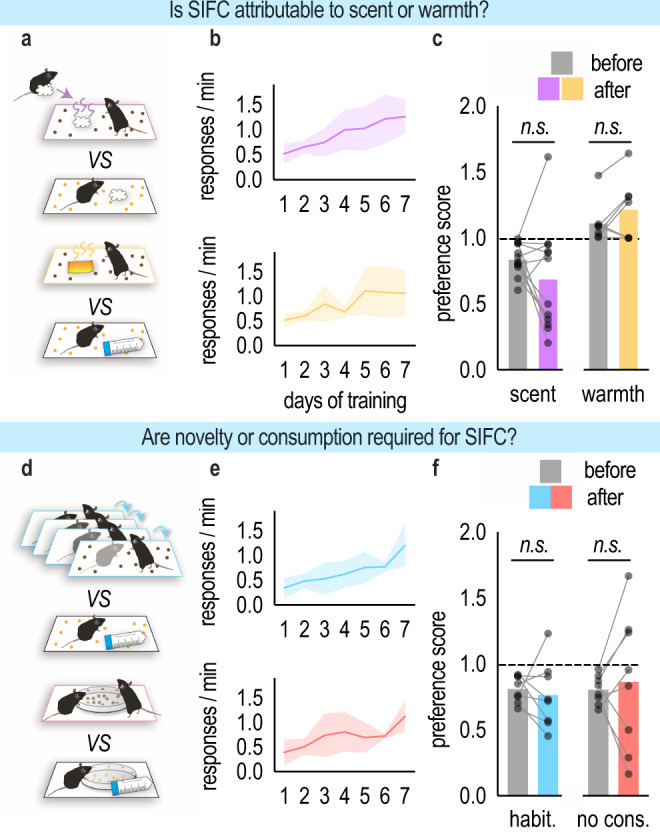Fig. 4. SIFC does not rely on sensory properties like scent or warmth and requires a novel social experience combined with consumption.

a (above) To determine whether SIFC is attributable to the scent of a conspecific, one of the pellets was paired with a cotton swab that had been rubbed on a novel conspecific, while the other was paired with a fresh cotton swab. (below) To determine whether SIFC is attributable to the warmth derived from huddling, one of the pellets was paired with a heating pad, and the other was paired with a falcon tube. b Response acquisition. c Neither scent nor warmth modified later instrumental response preferences [nscent = 12, nwarmth = 7; paired t-test]. d (above) To determine whether SIFC requires a novel social interaction, one of the pellets was paired with a conspecific to which the experimental mouse had been habituated, and the other was paired with a novel object. (below) To determine whether SIFC requires mice to eat during the social experience, pellets were present but inaccessible during the social conditioning phase. e Response acquisition. f Exposure to a familiar conspecific and obstruction of pellet consumption failed to generate SIFC [nhabit. = 8, nno cons. = 8; paired t-test]. A dashed line indicates no preference. Acquisition curves represent means + SEMs. Bars represent means, symbols represent individual mice. Habit. habituation, no cons. no consumption. Source data are provided as a Source Data file.
